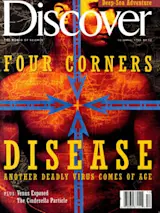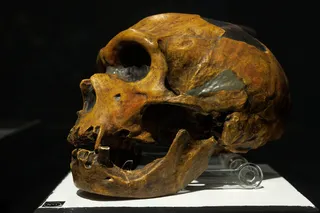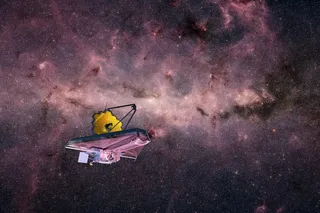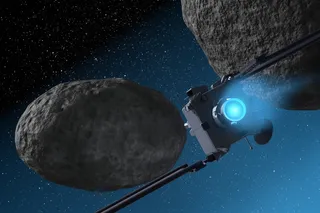Sometimes when Nature poses a problem of seemingly insurmountable difficulty, she simultaneously reveals a subtle phenomenon in an unexpected quarter that opens the door to a clever solution. In the nineteenth century, for example, the French philosopher Auguste Comte stated unequivocally that the composition of stars was something not merely unknown but forever unknowable. Comte could not have foreseen that in 1860, just three years after his death, dark absorption lines would serendipitously be discovered in starlight and would be used to read the elements of star stuff as clearly as words in a book.
A century later a less remote yet far more fundamental mystery was resolved in a similarly unexpected way. In 1952 the great mathematician and physicist Hermann Weyl, a colleague of Einstein’s at the Institute for Advanced Study in Princeton, published Symmetry, a beautifully illustrated little book for the general public, in which he declared categorically ...














